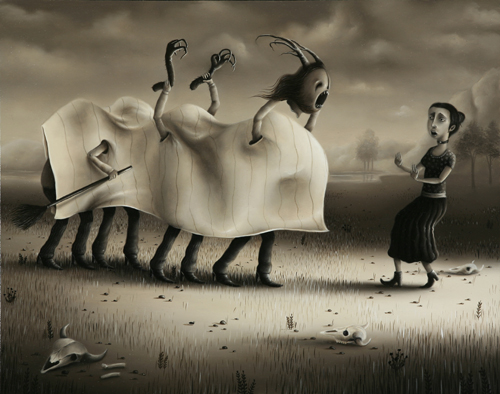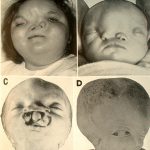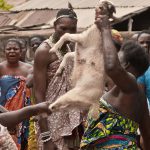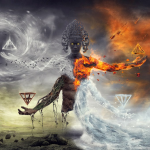A culture determines a freak’s status by way of its interpretation of the origin (cause) of the flaw. If a culture attributes deviancy to supernatural intervention, deviancy may become sacred and the abnormal traits a mark of holiness.
The caul is very representative of this attitude. A piece from the amnion (inner membrane enclosing the foetus before birth) sometimes remained on the head of the new born. It was either superstitiously regarded as of good omen, and supposed to be a preservative against drowning or a portent of punishment for a transgression (Cain’s ‘mark’ received from God), in the middle ages it was the sign of vampirism or demons, in Ireland, it was linked to faeries.

The agony albinos in Cameroon endure due social discrimination toward their condition is sometimes worse than their eye and skin problems. In some African countries, albinos were killed at birth for they believed that albinism is a curse from God or unhappy ancestors. Although the situation has changed some, they still find it difficult to fit in with everyday life.
Science shows albinism is not a disease but an abnormality that results from the absence of a black pigment called melanin present in all humans and many animals.
Whether it is viewed as sacred, profane, or both, the mutation is nevertheless taboo. Today, our culture with knowledge of molecular genetics may attribute deviancy to an environmental (e.g., lack of proper prenatal nutrition, exposure to radioactive elements) or hereditary cause (the replication of mutated genes) but the dread factor is still present.








